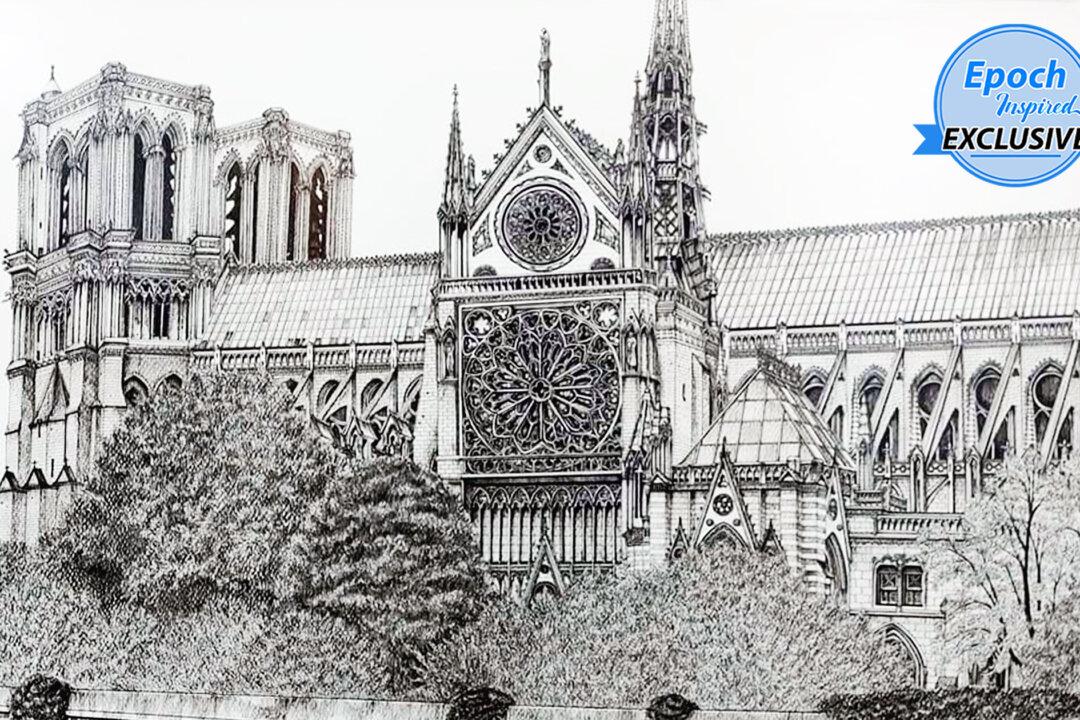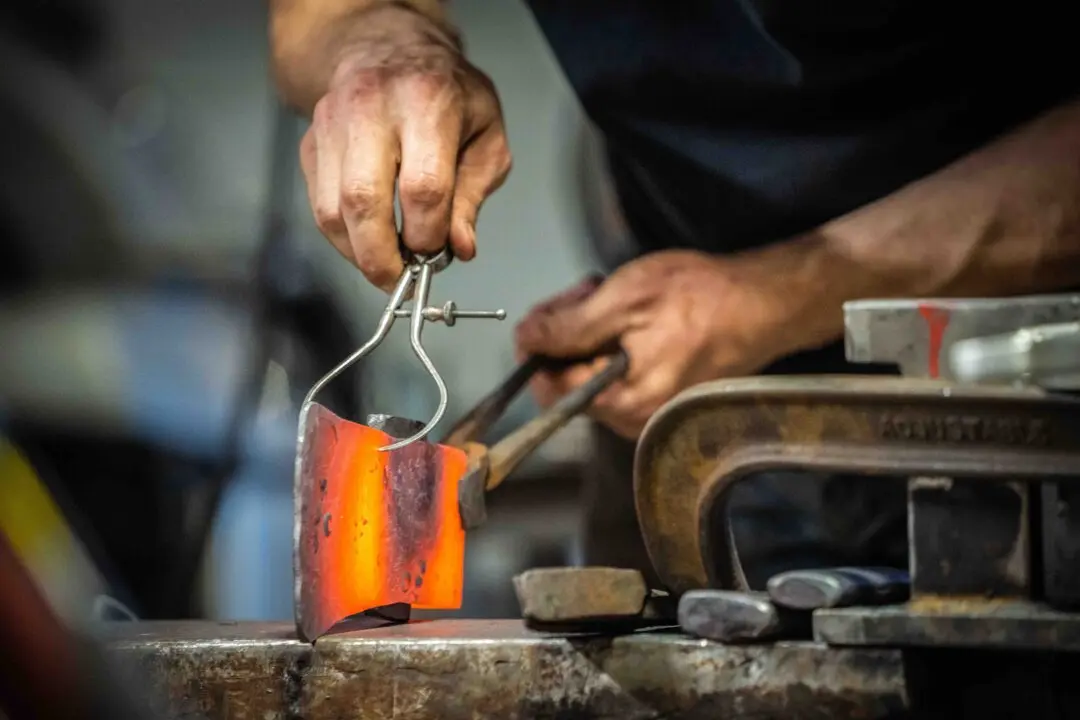Artist Emi Nakajima says she’s a “dream traveler.” The Japanese, Thailand-based illustrator journeys around the world in her imagination, creating captivating architectural drawings.
Describing the transportive power of art, 27-year-old Nakajima told The Epoch Times that she began looking at photos of buildings as a child. Her restlessness to discover foreign lands led half-Japanese, half-Thai Nakajima to start detailed architectural drawing as a high-school student. Incredibly, she’s never taken an art class.






